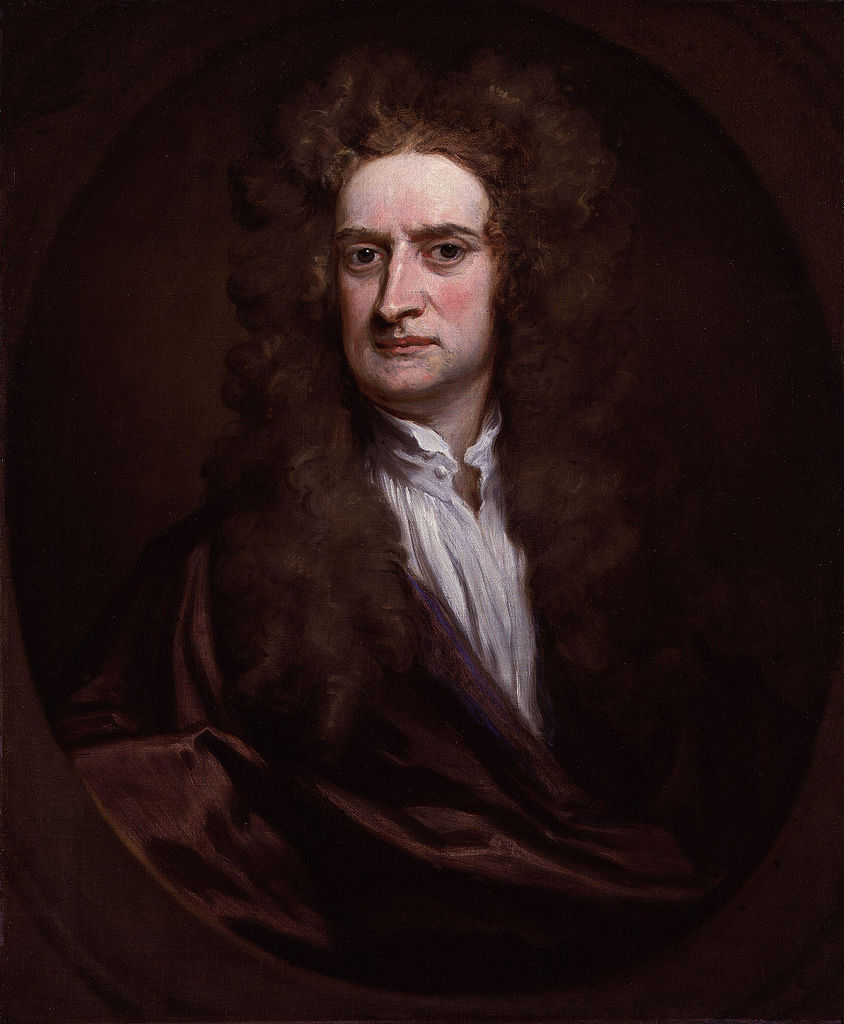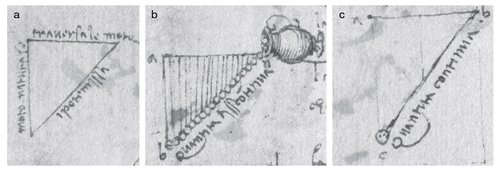 new scientific study shows evidence that Newton may not have been the first actually to discover gravity, but Leonardo da Vinci did. Based on da Vinci’s notebook “Codex Arundel” there are notes which depict the understanding of gravity as well as some gravitational experiments which prove “Newton’s” law of gravity.
new scientific study shows evidence that Newton may not have been the first actually to discover gravity, but Leonardo da Vinci did. Based on da Vinci’s notebook “Codex Arundel” there are notes which depict the understanding of gravity as well as some gravitational experiments which prove “Newton’s” law of gravity.
The historical understanding of gravity
Gravity was not “found,” but rather observed as a phenomenon that humans have acknowledged and attempted to explain for thousands of years. Nonetheless, Sir Isaac Newton, who created the laws of motion and the law of universal gravitation in the 17th century, is largely responsible for our present knowledge of gravity.

According to Newton’s law of universal gravitation, every mass in the universe attracts every other mass with force proportional to the product of their masses and inversely proportional to the square of their distance. This rule explains how things are drawn to the Earth’s surface as well as the motions of the planets and moons in our solar system.
However, someone seems to have been the first.
Leonardo da Vinci’s understanding of gravity
Da Vinci, who lived from 1452 to 1519, was far ahead of his contemporaries in studying these ideas. It wasn’t until 1604 that Galileo Galilei proposed that the distance traveled by a falling object was proportional to the square of the time elapsed, and it wasn’t until the late 17th century that Sir Isaac Newton expanded on that to develop a law of universal gravitation, which describes how objects are attracted to one another.
The fundamental challenge for Da Vinci was being constrained by the instruments at his disposal. He lacked, for example, a method of precisely gauging time as objects fell. As we all know, da Vinci was way ahead in many concepts, but sadly the technological drawbacks always remained a limiting factor .
However, that never stopped him, as the notes show the ways he tried to experiment with gravity in order to prove to the world that it exists. Here are some of the drawings from the notes.

Mory Gharib, the Hans W. Liepmann Professor of Aeronautics and Medical Engineering, discovered Da Vinci’s experiments in the Codex Arundel, a collection of writings written by da Vinci on science, art, and personal subjects.
“What caught my eye was when he wrote ‘Equatione di Moti‘ on the hypotenuse of one of his sketched triangles—the one that was an isosceles right triangle,” says Gharib, lead author of the Leonardo paper. “I became interested to see what Leonardo meant by that phrase.”
Mory Gharib
Da Vinci describes an experiment in the papers in which a water pitcher is pushed along a straight route parallel to the ground, dropping out either water or a granular particle (most likely sand) along the way. His notes show that he was aware that the water or sand would not fall at a steady velocity but would accelerate—also that the material ceases accelerating horizontally since it is no longer controlled by the pitcher and instead accelerates downward owing to gravity.
The line formed by falling material is vertical if the pitcher moves at a constant speed, therefore, no triangle occurs. If the pitcher continues to accelerate at the same rate, the line formed by the collection of falling debris is straight yet tilted, forming a triangle. And, as da Vinci demonstrated in a critical graphic, accelerating the pitcher’s action at the same rate that gravity accelerates the falling material results in an isosceles right triangle.
This theory, although arguably to be quite elementary compared to Newton’s description of the law of gravity, does prove that da Vinci acquired enough knowledge not only to understand but explain gravity. The other issue would be that during da Vinci’s life, most people may not have been able to understanding gravity.
Therefore it would have made it difficult to pass on the knowledge. That and also the fact that da Vinci was quite secretive about his work.
Avid Writer with invaluable knowledge of Humanity!
Upcoming historian with over 30 million views online.
“You make your own life.”





